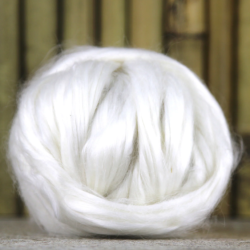GREEN FIBRES
The Green Fibres are derived naturally, e.g. from plants and animals, they also become known as organic fibres. In addition, the environmental friendly characteristics of these fibres make them ecofibres; they can be broken down quickly, recycling is easy and their impact on the environment is minimal.
Bamboo
Bamboo Fiber are regenerated cellulose fiber, produced from Bamboo. Bamboo Fibers are excellent for hygroscopic and permeable characteristics. Also has a soft feel with good color absorption. Thereafter application started with Towel application and now in Jersey and Garmenting.
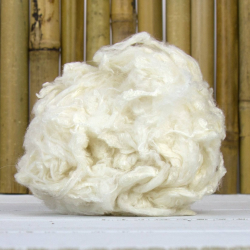
Chitosan
Chitosan based fibres have antimicrobial and hemostatic properties that make them an attractive product in the wound dressing industry. With regard to weaving, the addition of Chitosan in the size solution makes it stable because of its antimicrobial properties.
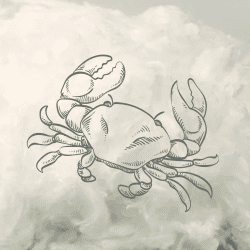
Soybean
It is an advanced textile fiber derived from soybean protein. After oiling, it’s made from a soybean cake, using new bioengineering techniques.People eat a lot of soybeans, but they’re allowed to wear them now. The protein fiber of soybeans is softer, comfortable and smooth, it’s like “skin” on skin. It’s an active fibre that has the advantage of many natural and synthesized fibres.
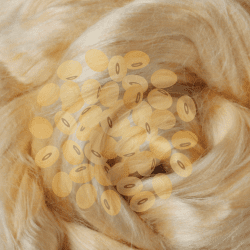
Milk
A type of Azlon, a reconstituting protein fiber derived from the casein proteins in milk, is called milk fibre or milk wool. For wool made from milkcasein, there are several trade names such as Lanital, Fibrolane and Aralac.
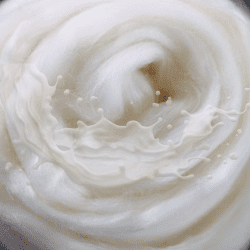
Rose
Rose fiber is a new biodegradable plant tissue obtained from the stem of roses. Rose fiber is as smooth, white, and strong as mulberry silk, and it feels like viscose bamboo.
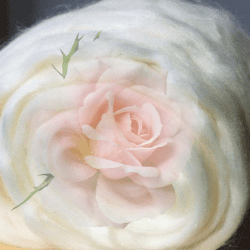
Aloe Vera
The aloe vera fibres come from microfibres that are produced through new technology. The microfibre of aloe vera is half the size of silk fibres, and it’s a subtle infusion that lifts your garment up to another level. Fabrics of aloe vera may be used for different types of clothing.
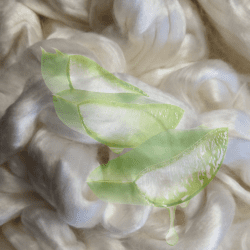
Sea Cell
SeaCells are biodegradable textile fiber derived from cellulose, tree fibre or organic seaweed. Since it inhibits bacterial growth, it’s soft and stretchy, hypoallergenic, and it’s derived from renewable resources, it’s in high demand among athletic clothing manufacturers.
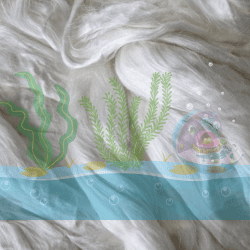
Sorona
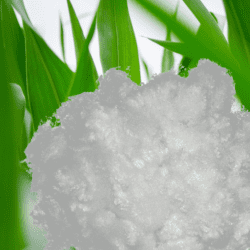
Cooldry
Rose fiber is a new biodegradable plant tissue obtained from the stem of roses. Rose fiber is as smooth, white, and strong as mulberry silk, and it feels like viscose bamboo.
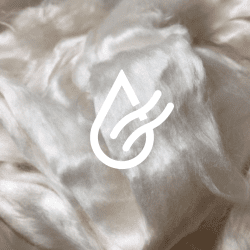
Lotus
The lotus fibre is made from a stem of the lotus plant, and in recent years has become an increasingly popular material because of its resilience, adaptability and durability. The lotus plant has a stem made from long, slender fibres that are known for their strength and durability.
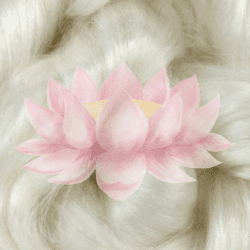
Corn
Insoluble fibres, such as hemicellulose, cellulose and lignin, are the most common fibre in corn. Its beneficial effects on digestive health and prebiotic properties are among the many benefits of corn fiber.
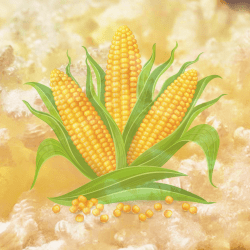
Peppermint
A new biodegradable cellulose that contains mint powder, which has been extracted from peppermint leaves. There are antibacterial and natural cooling properties in this soft golden fibre. It is suitable for spinning and blending with fibres such as cotton, silk, wool and linen.
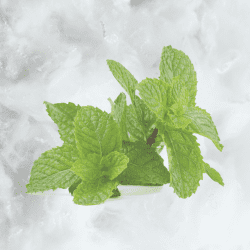
Lavender
The fibres of lavender are produced from plants and have become one of a series of new plant based silk alternatives.
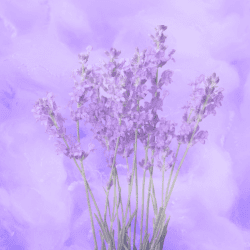
Pineapple
Pineapple bast has become an excellent source to make Pineapple Fiber. It has a strong and lustrous properties making it suitable for textile production and also felting properties.
